Our baking expert, Shannon, has some tips and tricks for you to make the best bakery you can out of yeast and rolls.
“I absolutely love nothing more than a fresh cinnamon roll on a Saturday morning from our local bakery. This type of bake is not something I always make as they can be time-consuming. However, the pride you will feel once you see those golden buns coming out of the oven, beautifully risen, makes it worth the time spent making them. I’m going to guide you through the mine field that is yeasted doughs and the sweet treats you can make with them. ”
Yeast
Yeast is the heart of the bread-making process. It’s the essential ingredient that allows the dough to rise and gives home-baked bread its wonderful taste and aroma. Other ingredients are added to complete the reactions that result in a perfectly baked loaf packet, there are thousands of living microorganisms. When activated by warm liquid, and fed by sugar or starch, the yeast releases tiny bubbles of carbon dioxide gas. This gas is what makes the dough rise and achieve its light texture after baking.
Warm the liquid
Yeast is a living thing and can be killed at high heat. It is important to warm your liquid, whether it is milk or water, before being combined with the yeast. When mixing the yeast with a liquid, the optimum temperature is about 38C. It is worth investing in a thermometer as the temperature of the liquid can affect the overall dough and bake; if it’s too cold, it will take ages to activate. If it’s too hot, it can kill the yeast.
It’s all in the mixing
You will end up with serious muscle if you were to knead your dough by hand every time! While this is possible, it can take a long time so it is best to use a free-standing mixer with a dough hook. Start by mixing the dough on a slow speed to combine the ingredients and encourage the gluten to form; gluten gives bread structure. After 3-5 minutes mixing on a slow speed, increase the speed of the mixer and mix for a further few minutes. To check if the gluten has fully developed, try the windowpane test: take a piece of dough and gently stretch it with your fingers. If the gluten is developed enough, the dough shouldn’t break once stretched and should be translucent, almost like a windowpane. This mixing method results in a tight crumb structure and a soft, slightly chewy crust.
Proofed enough?
Once your dough is well kneaded, it needs to proof. Each recipe’s proofing time will vary, but it’s important to know yourself if your dough is ready. Environmental factors, such as the temperature where the dough is proofing, can effect how long it will take. To check if the dough is fully proofed, poke the dough with your finger. If the dough springs back straight away, it is under-proofed and may need more time. The dough is fully proofed when the indent springs back slowly after being poked. It is important to get your proof time just right so that your bread has a good structure. Getting to know your bread dough takes time and can be a process of trial and error.
Bake, baby, bake!
Unlike baking a cake, you can’t check if your dough is fully baked by inserting a skewer. When it comes to buns, it can be difficult to tell if it is fully baked. The best way to check is by inserting a thermometer. Stick the thermometer in the thickest part of the bread; it should be roughly 200C when baked. If you are unsure if the bread is baked, a further five minutes’ baking time isn’t going to burn the crust. The bread may be slightly drier, but that’s better than being raw! Over time, you will get more confident and will get to know by look and feel of the bakes.
My recommendation is to bake these recipes on a rainy day. Enjoy spending time at home and taking the time to work with your doughs. The day will seem a lot brighter with the smell of buns baking in the oven.
Pecan sticky buns
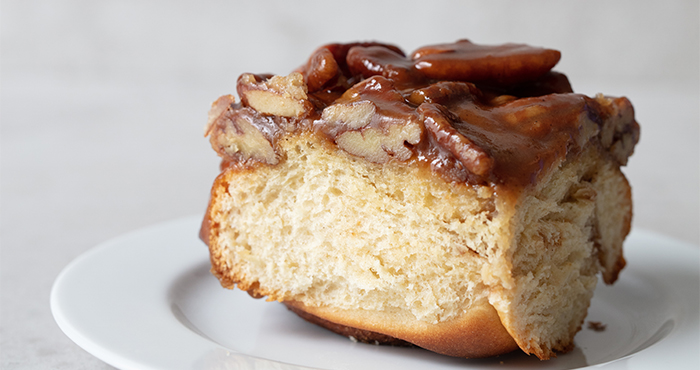
These messy delights are sure to be a favourite of all, especially the little ones!
Chocolate orange buns
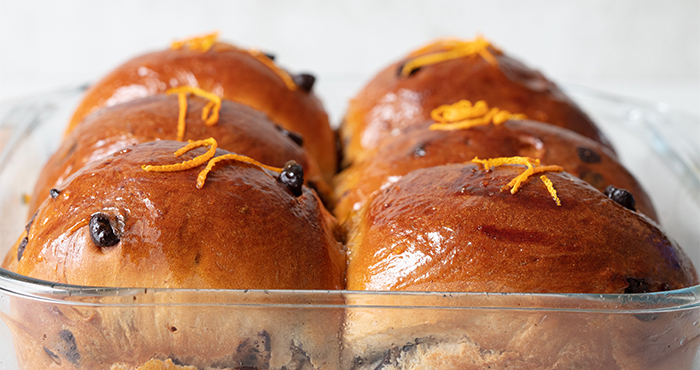
You’ll be floating away with these sweet, light and fluffy buns!
Giant cinnamon and cardamom rolls
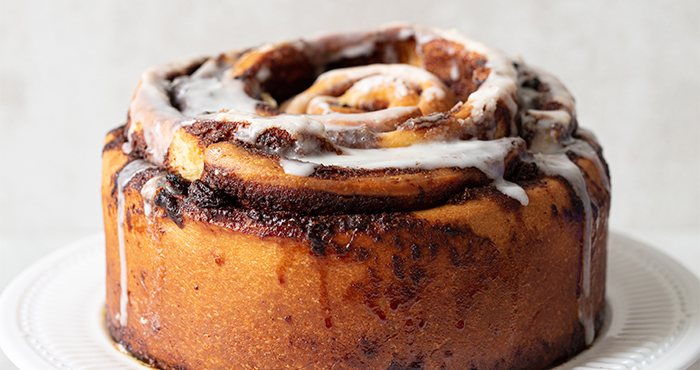
Handing out slices of this classes roll are sure to be a BIG hit.
Cream and jam fingers
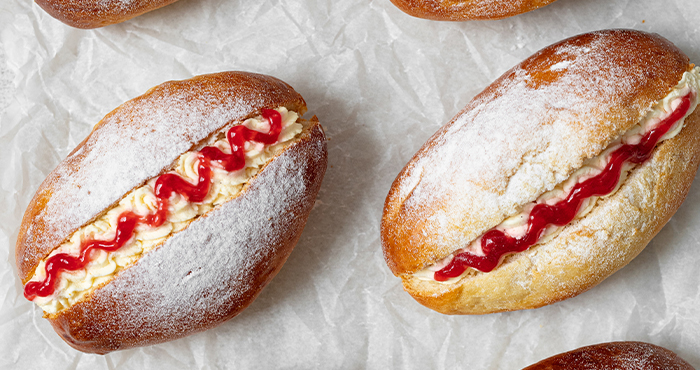
Try your hand at making these childhood classics that are sure to be a hit with family and friends.
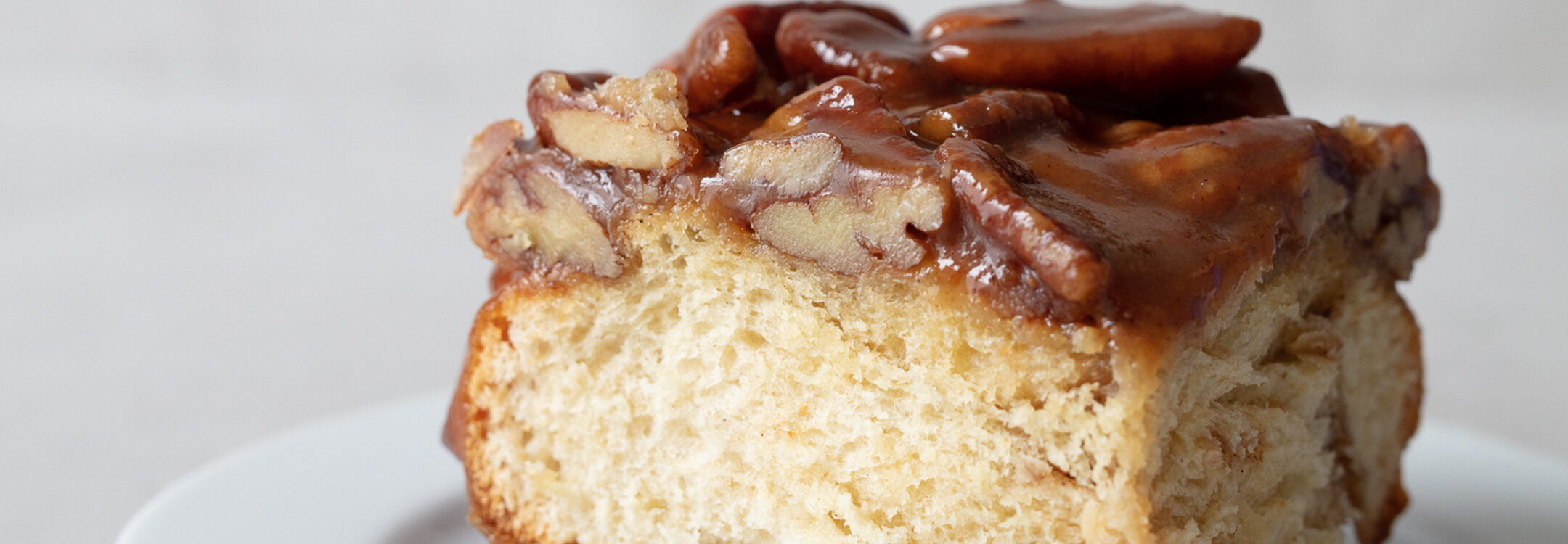
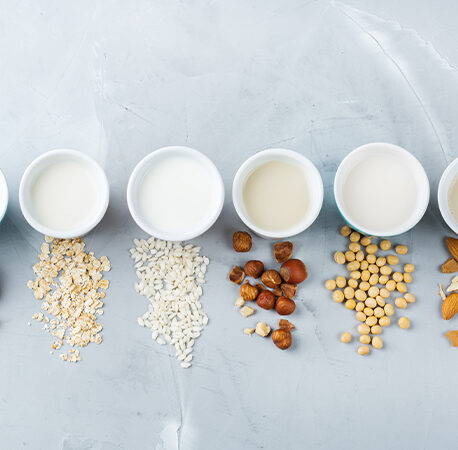
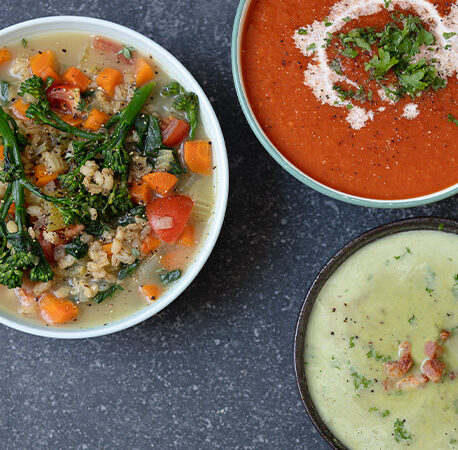
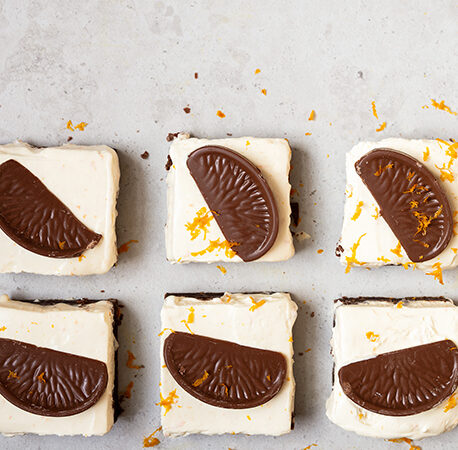
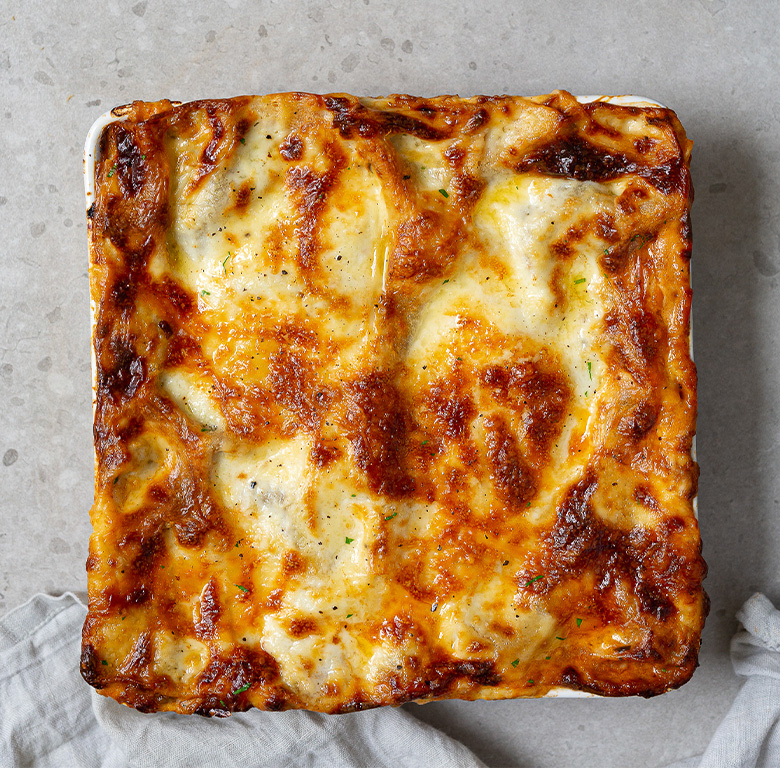
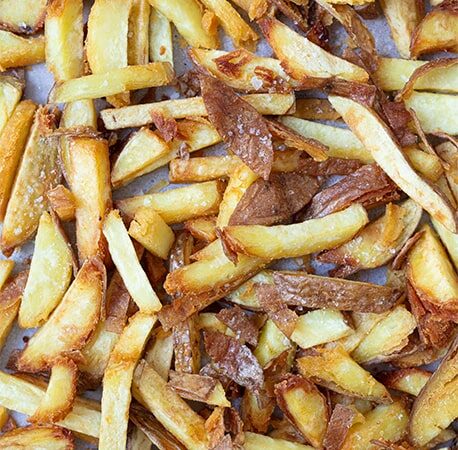
You have to be signed in to comment this post.